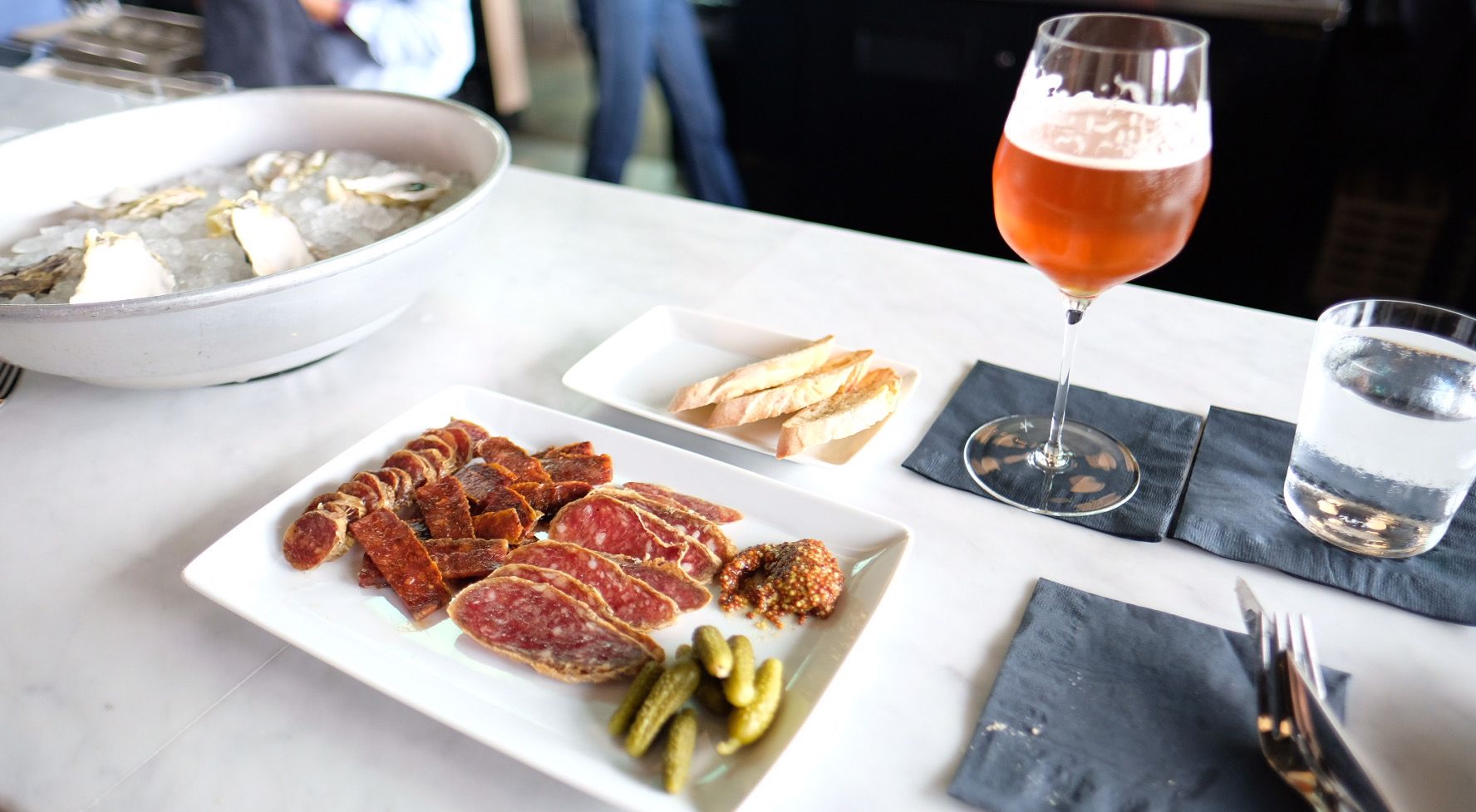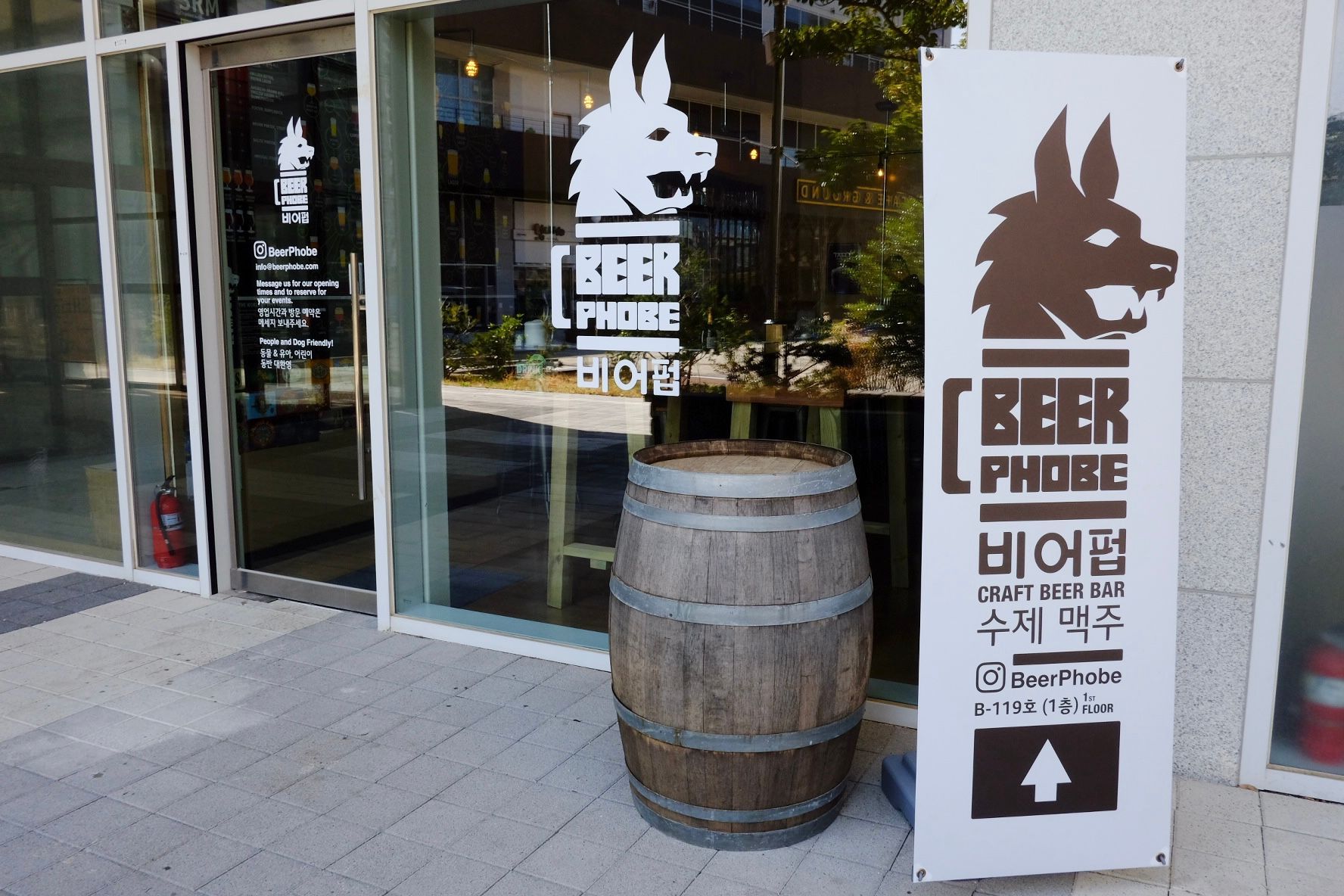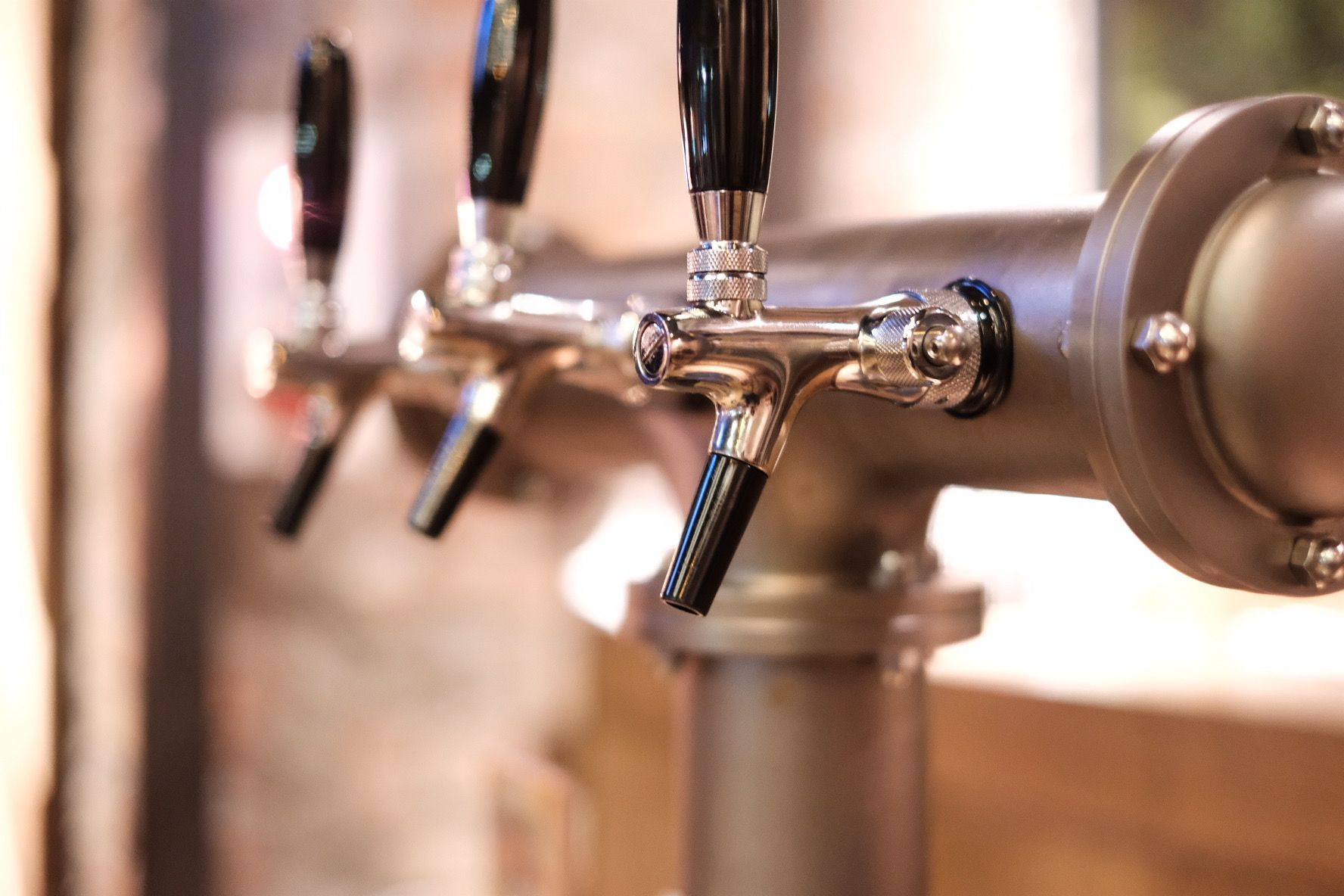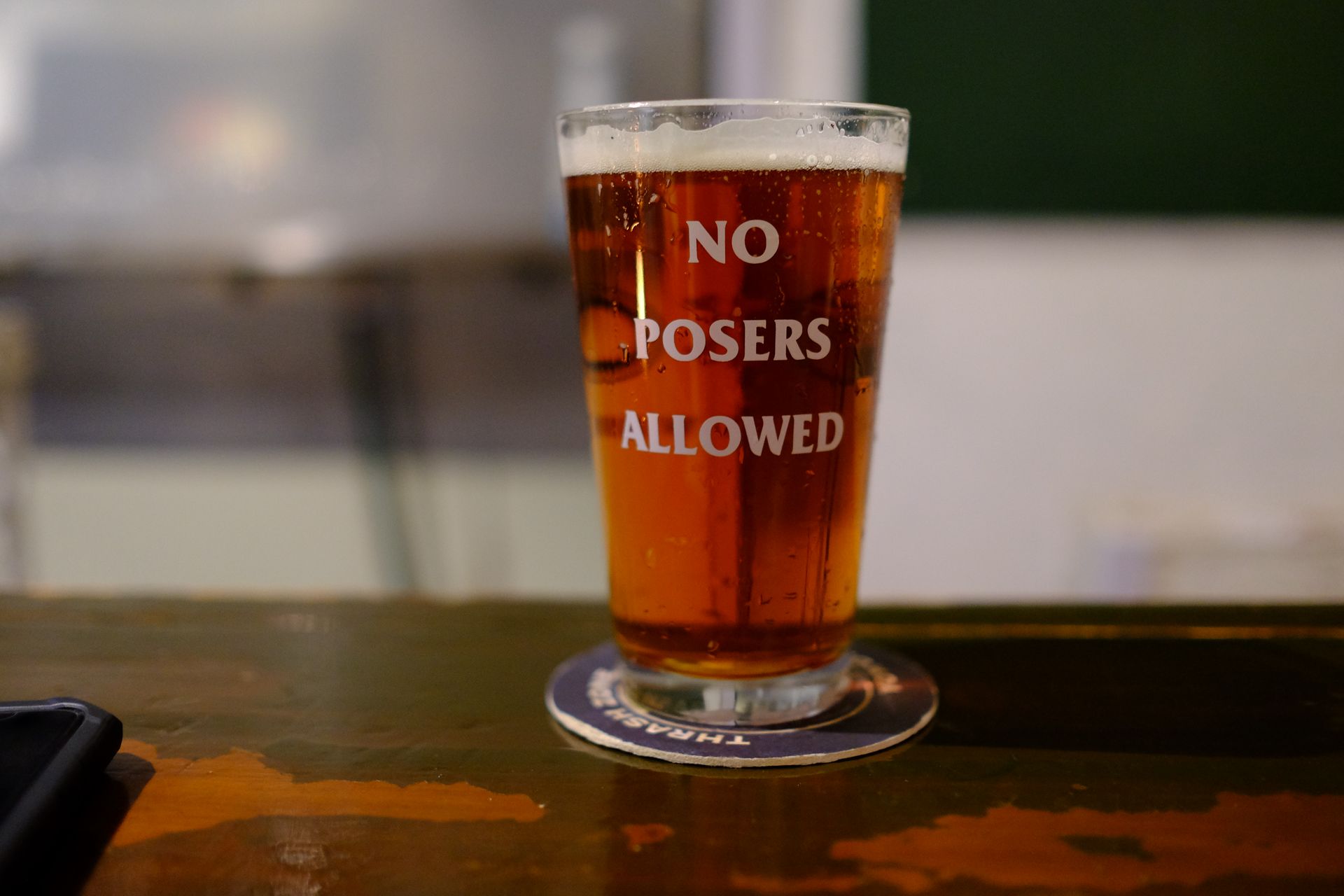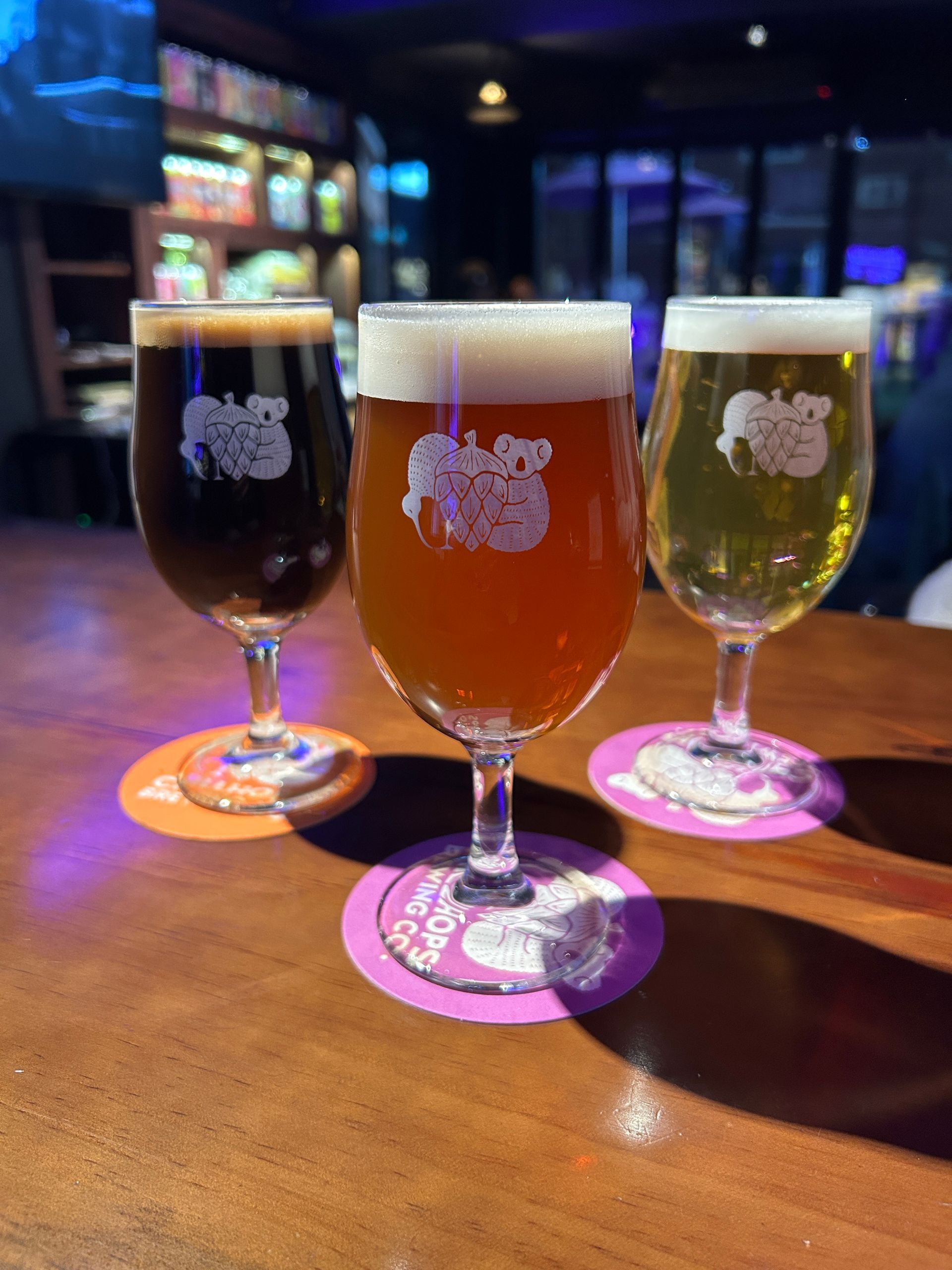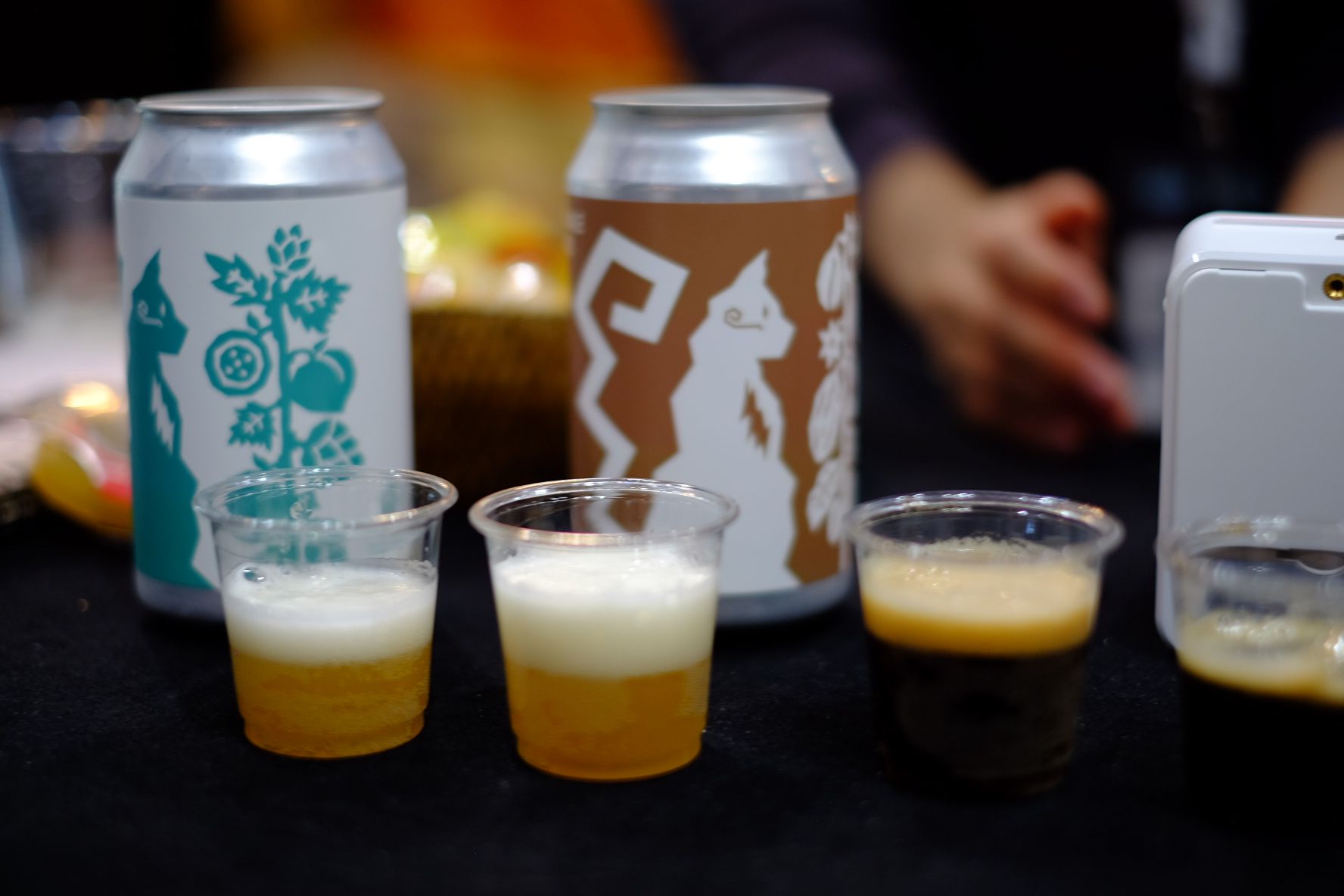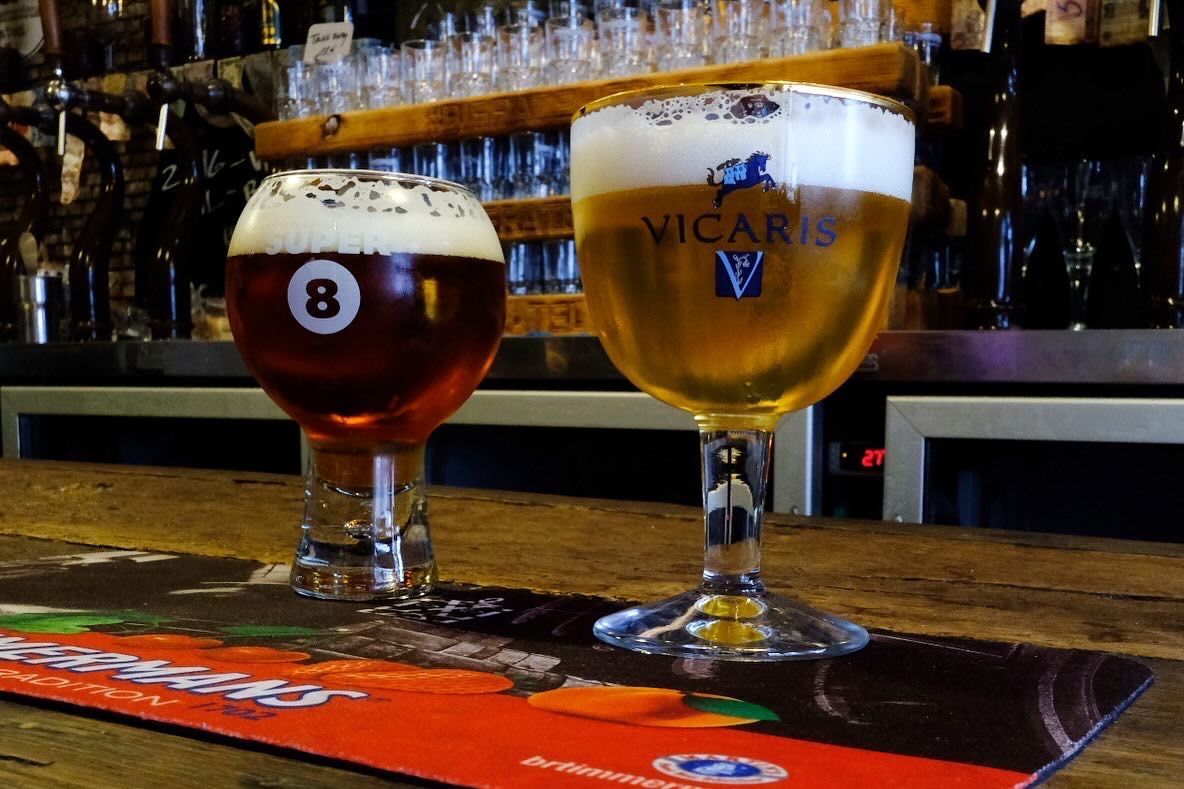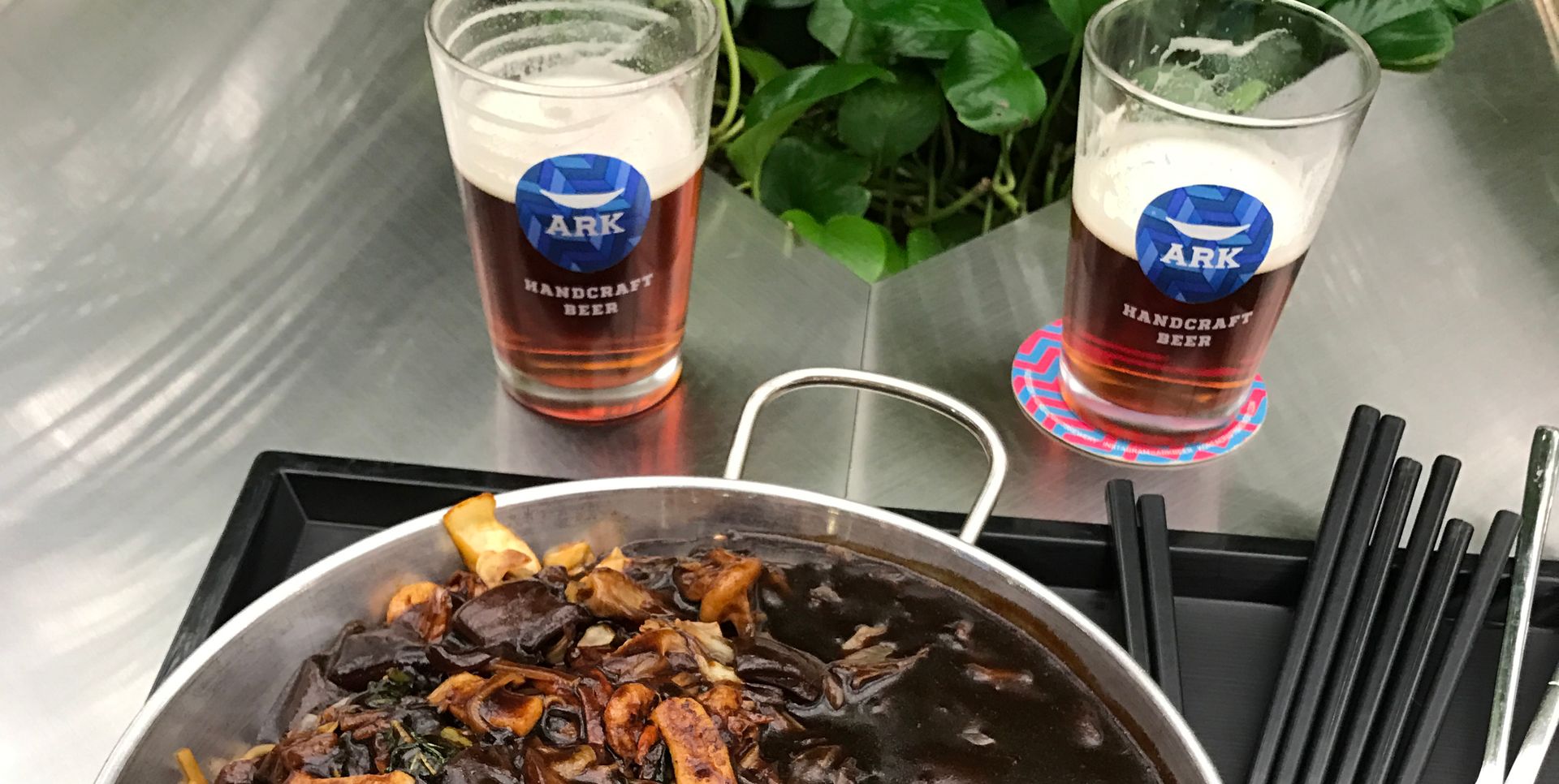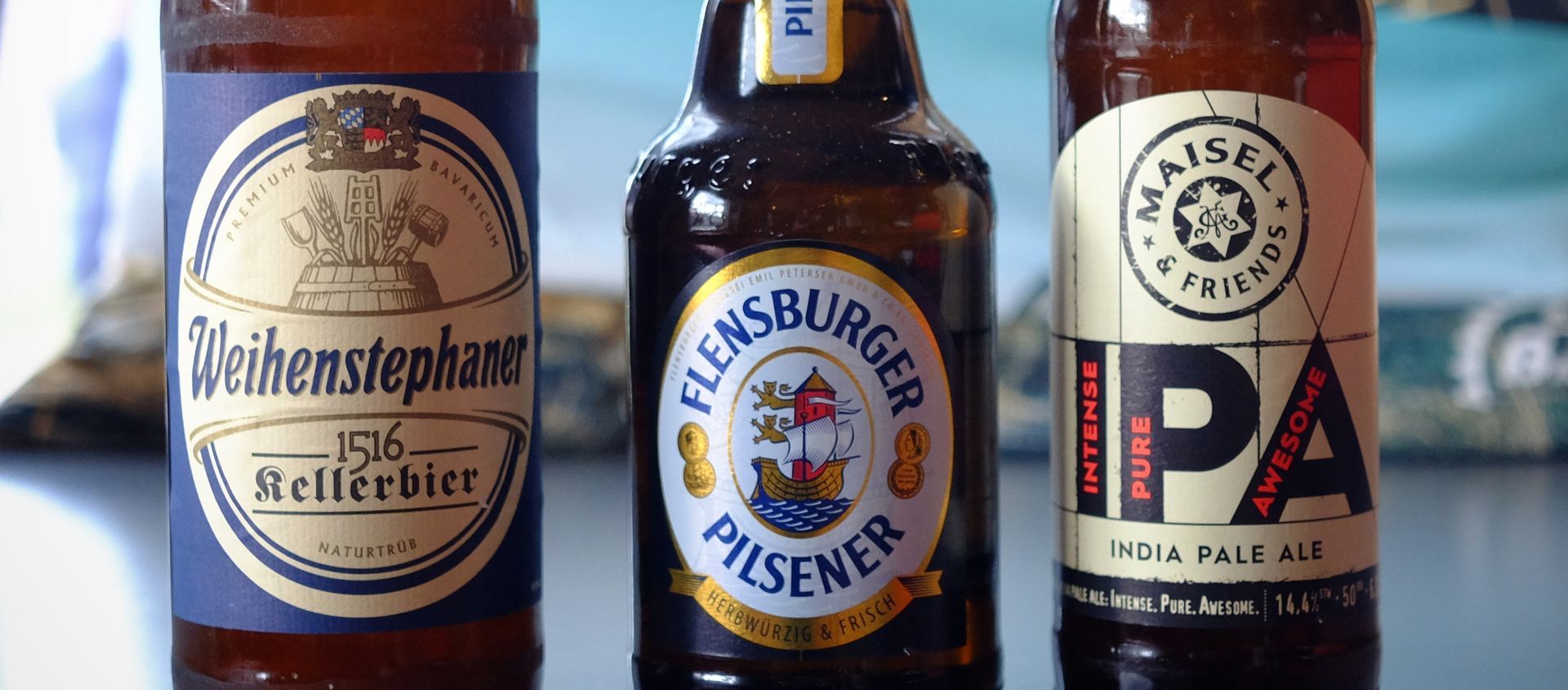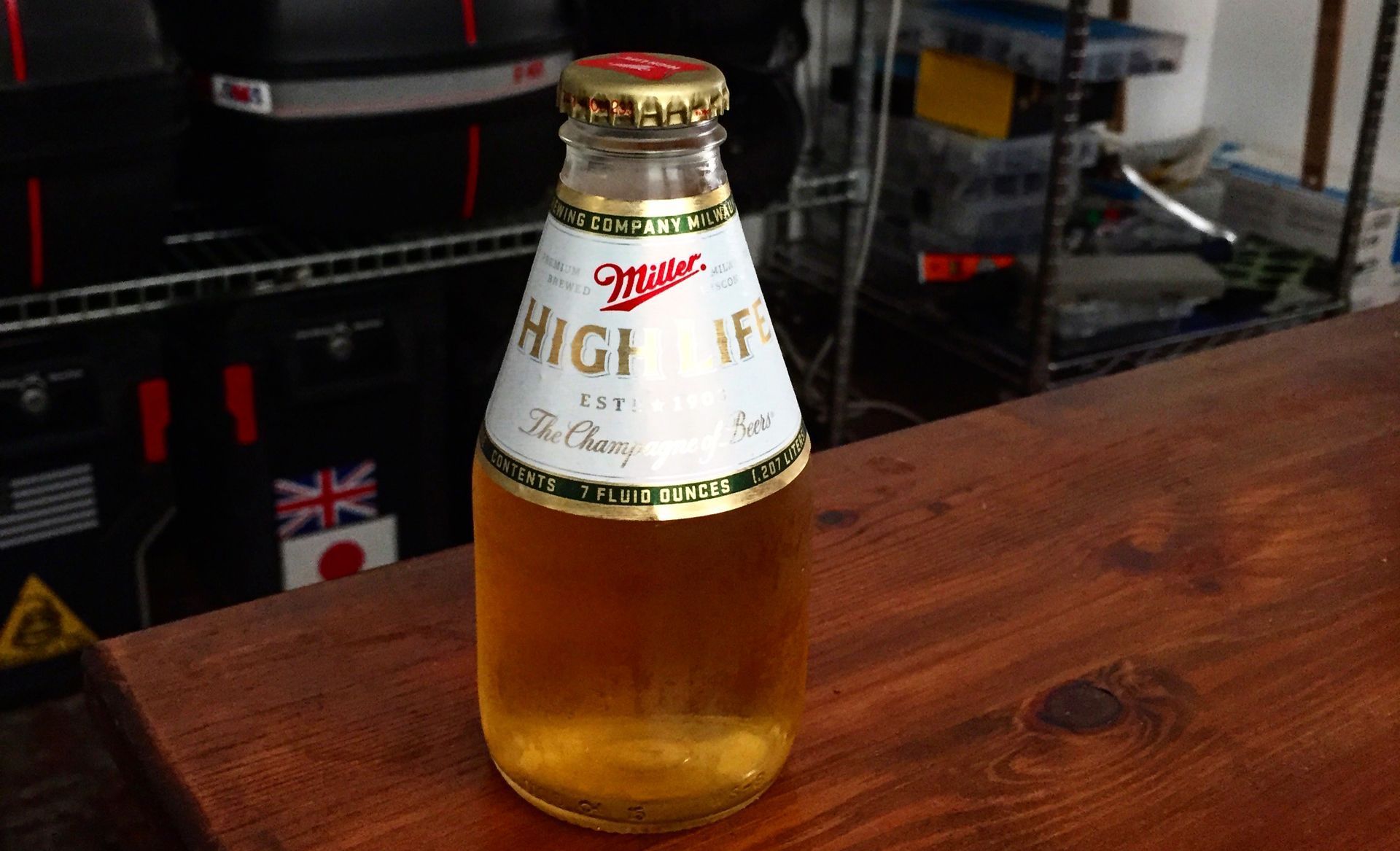Beertography: The Exposure Triangle of Beer... A Photographer and Home Brewer’s Guide to ABV, SRM & IBU
Beer Balance and the Exposure Triangle: ABV, SRM, and IBU
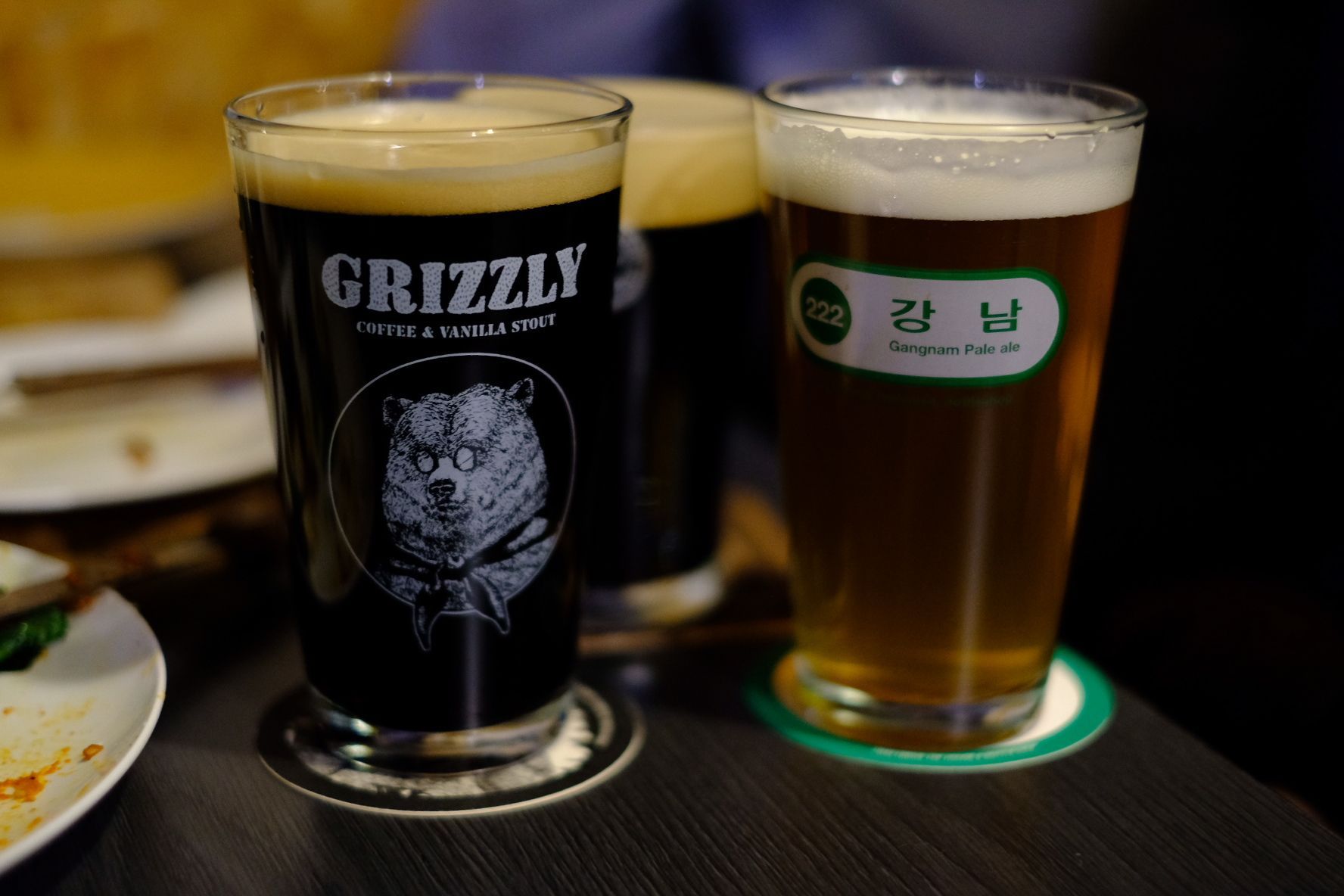
Photography and brewing might seem like two very different crafts, but at their core, both are about balance. In photography, it’s the exposure triangle of ISO, Shutter Speed, and Aperture. In brewing, it’s the interplay of ABV (Alcohol by Volume), SRM (color), and IBU (bitterness). When these elements are tuned in harmony, the result is striking — whether it’s a perfectly lit photo or a perfectly balanced beer.
As someone with a passion for photography, I’ve always been fascinated by how creative principles carry over into unexpected places. Brewing is one of those worlds. My hobby behind the camera has shaped the way I see beer: each pint is its own “exposure,” crafted with intention by the brewer. The more I thought about it, the clearer the parallels became.
I’m also a longtime home brewer, and over the years I’ve experimented with these three variables to create unique beers of my own while gaining a deeper appreciation for the foundation of many classic and established styles. For me, brewing is as much an act of creativity and self-expression as photography.
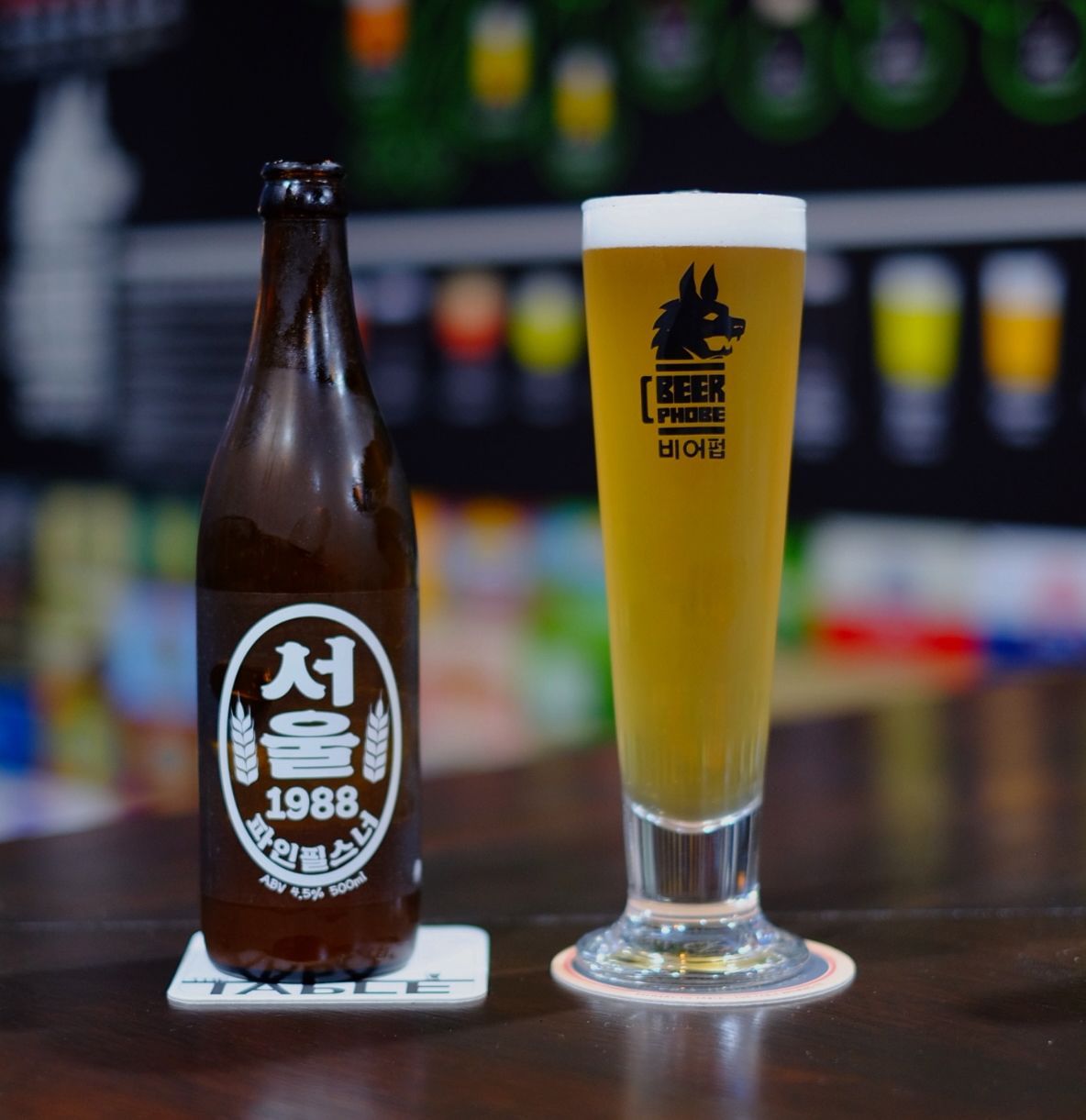
The Exposure Triangle of Beer
Just like photographers adjust their three settings to capture light, brewers use three key variables to shape flavor, appearance, and experience:
ABV – The Strength (Like ISO)
ABV tells us how much alcohol is in the beer. High ABV beers feel fuller, warmer, and sometimes sweeter, while low ABV beers drink light and refreshing. Yeast is the brewer’s main tool here, converting sugars from malt into alcohol during fermentation.
- High ABV: Bold and intense, like a Russian Imperial Stout or a Belgian Tripel.
- Low ABV: Crisp and easy, like a Pilsner or Session Ale.
In photography, ISO controls the camera’s sensitivity to light. Push it too high, and you risk a grainy image. Push ABV too high, and a beer risks being hot or overwhelming if not balanced.
SRM – The Color (Like Shutter Speed)
SRM, or Standard Reference Method, measures a beer’s color, from pale straw (around 2 SRM) to deep black (40+ SRM). Malt is the brewer’s paintbrush here, creating not just color but flavors like toast, caramel, chocolate, and coffee.
- Low SRM: Golden, crisp lagers and wheat beers.
- Mid SRM: Amber ales with caramel sweetness.
- High SRM: Dark porters and stouts with roasted depth.
In photography, shutter speed controls how much light enters the camera and whether motion is frozen or blurred. SRM, likewise, sets the beer’s tone and drama — whether it’s a bright, delicate pilsner or a brooding, dark stout.
IBU – The Bitterness (Like Aperture)
IBU, or International Bitterness Units, measure the hop-derived bitterness in beer. While the number provides a guideline, perception depends on balance: a malty stout with 60 IBUs may taste smoother than a pale ale with 40.
- Low IBU: Round, smooth beers like Hefeweizens.
- Moderate IBU: Balanced pale ales.
- High IBU: Sharp, hop-forward IPAs.
In photography, aperture determines how much light enters the lens and the depth of field. A wide aperture softens focus (like a low IBU beer that feels smooth and easy). A narrow aperture sharpens everything (like a high IBU IPA with razor-sharp bitterness).
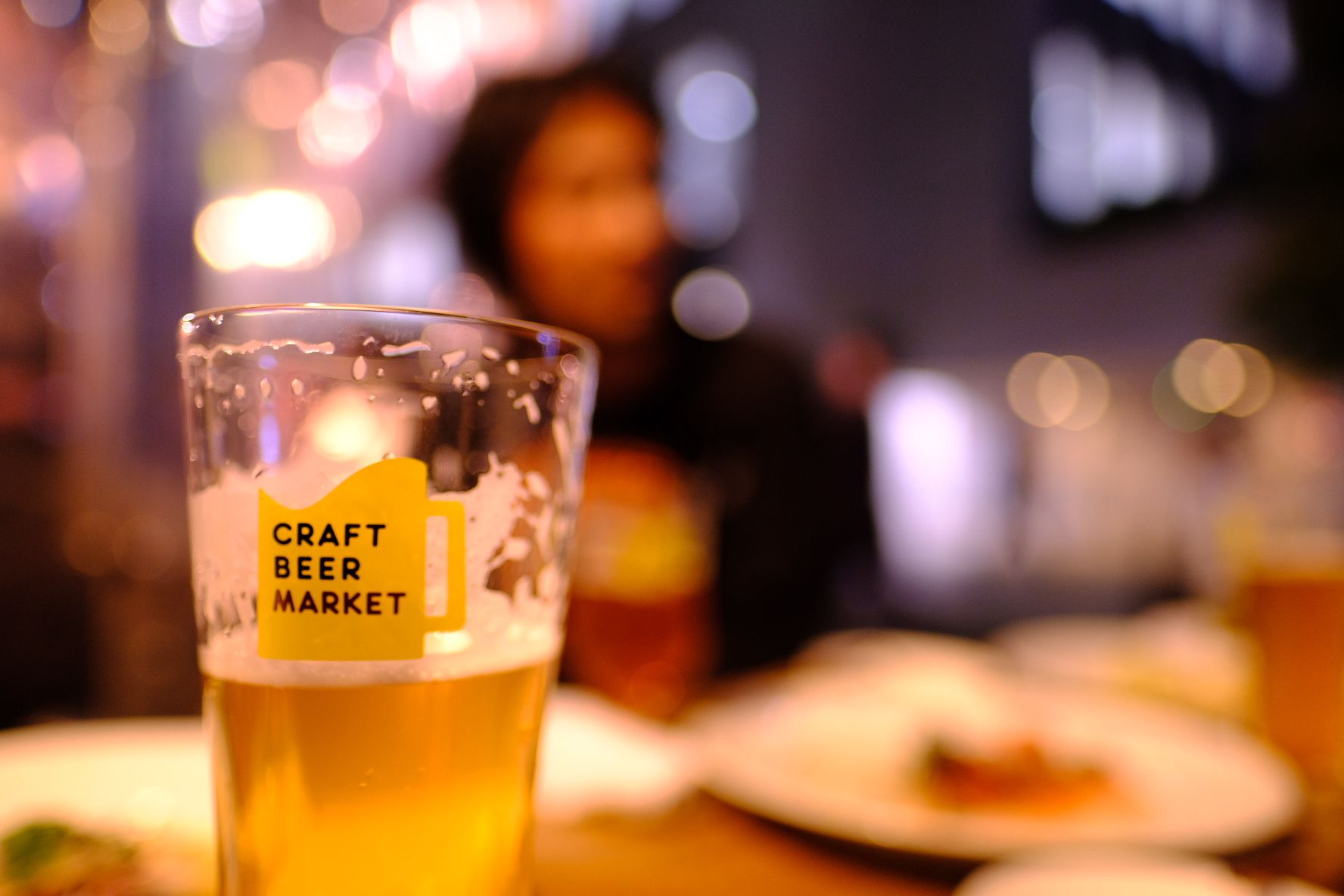
Reading the Triangle as a Beer Drinker
Just as photographers can read exposure settings to predict how a photo will look, beer drinkers can read ABV, SRM, and IBU to anticipate flavor:
- 8% ABV, 35 SRM, 50 IBU → An Imperial Stout: rich, dark, boozy, with bitterness balancing roasted sweetness.
- 4.5% ABV, 4 SRM, 40 IBU → A Session IPA: light-bodied, pale in color, yet bright and hop-forward.
- 5% ABV, 10 SRM, 20 IBU → An Amber Ale: smooth, toasty malt character with balanced bitterness.
-
Understanding these numbers turns drinking into an act of appreciation — you’re not just tasting the beer, you’re understanding the brewer’s intent.
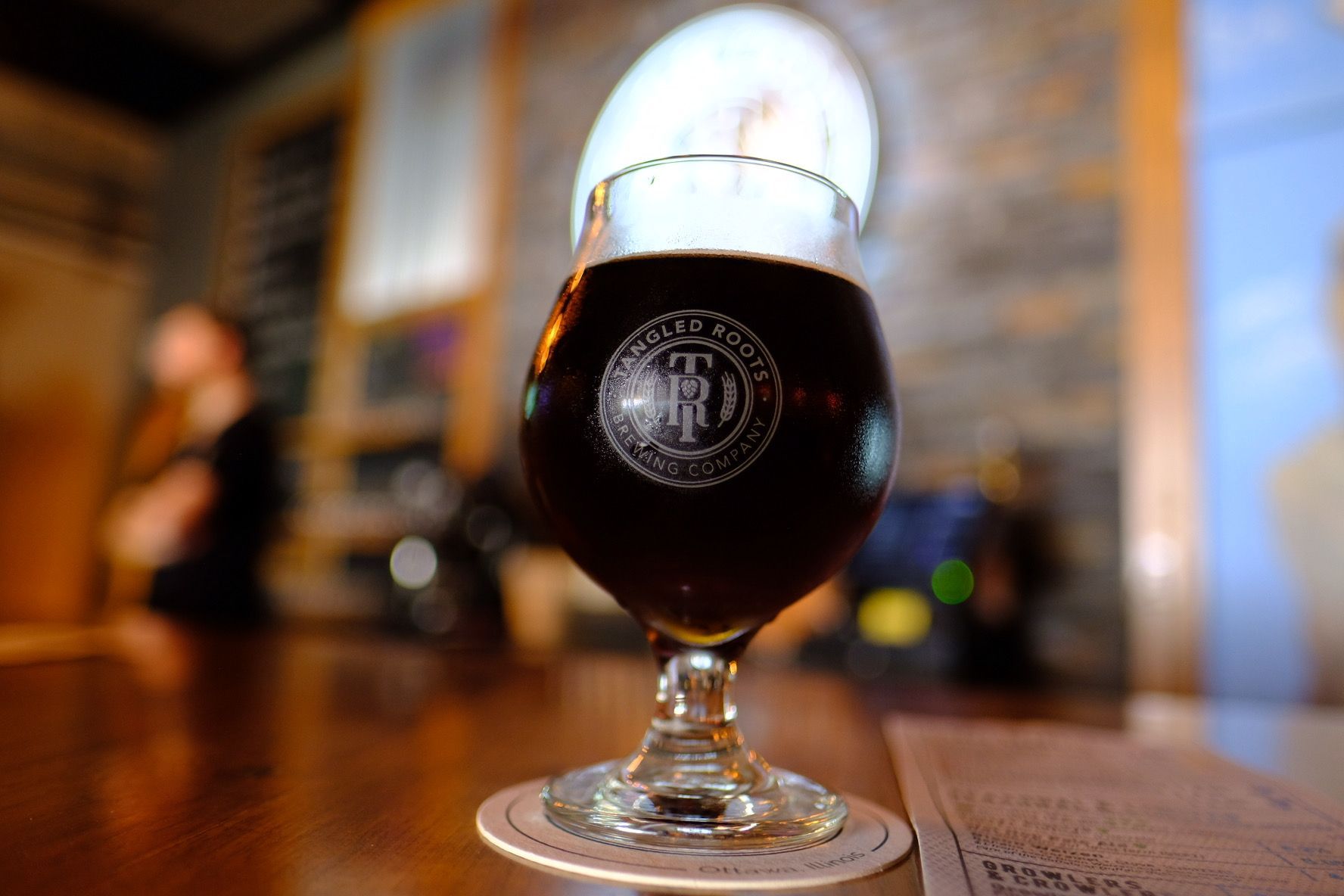
The Art of Balance
Neither photography nor brewing is about chasing a perfect formula. There’s no single “correct” exposure, and there’s no single “correct” beer balance. Instead, both are about intention:
- A brewer may want a hazy IPA that pushes IBU and hop aroma to the forefront while keeping ABV moderate.
- Another may aim for a stout that layers malt complexity and alcohol warmth into a smooth, roasty finish.
The artistry lies in adjusting the triangle to tell a story. Just as a photographer chooses whether to blur motion or sharpen detail, brewers decide whether to highlight bitterness, malt, or alcohol strength.
Seeing and Tasting with Intention
The next time you order a beer, take a moment to look at its ABV, SRM, and IBU. Those three numbers are more than statistics — they’re the brewer’s settings, their chosen triangle. With them, you can better understand what’s in your glass and what the brewer wanted you to experience.
For me, drawing these parallels comes naturally because of my passion for photography and my experience as a home brewer. Just as I compose with light behind a lens, I’ve also composed beers with malt, hops, and yeast. Both arts ask the same question: How do you want this moment to feel?
Beer, like photography, is an art of balance. And once you learn the triangle, you’ll never see — or taste — the same way again.
Recent Posts
